How Teacher Reflection Aids Growth & Resilience
Effectively nurturing resilience has never been more important for educators. In the final article in her five-part series Resilient in the Middle, Julie Schmidt Hasson looks at reflection practices that can grow our powers of resilience and our capacity to meet challenges and celebrate.
By Julie Schmidt Hasson

Points were scored by (as the name suggests) whacking each mole before it retreated back into the hole. The faster your reaction, the higher the score.
Memories of this game surfaced a few years ago when I hit a rough patch in my professional life. I was coming home at the end of each day feeling exhausted but also feeling like I’d accomplished nothing. I knew I was spending my days in reactive mode, whacking whatever popped up.
On the verge of burnout, I sought the advice of a mentor. My mentor suggested two ten-minute practices that could potentially change my frazzled state.
At the start of each day, I practiced setting an intention for the day. At the end of the day, I practiced reflecting on the day. It took a little time, but I eventually felt more focused and purposeful. I ended the day more productive and successful.
Setting an intention and reflecting became consistent parts of my morning and evening routines. However, over the years, I have expanded my reflection practice, and that has helped me become more resilient. In this last article of the Resilient in the Middle series, I’ll show you how to implement reflection into your daily routine so that you can feel more peaceful and productive, too.
Reflecting and Resilience
Regular reflection improves resilience by fostering self-awareness, well-being, and personal growth. As teachers, we are constantly attuned to what’s happening around us, and that with-it-ness helps us effectively manage classrooms and attend to students’ needs. But it’s also important to be attuned to what’s happening inside ourselves.
Spending a few quiet minutes reflecting allows us to process experiences, identify patterns of thought or behavior, and develop strategies for coping with challenges. To make positive adjustments and changes, we must first cultivate awareness. To get where we want to go, we need to know where we currently are. I suggest we focus our reflecting on three areas: Celebrations, Challenges, and Changes.
Reflecting on Celebrations
Focusing on the good used to seem like silly advice to me, until my friend Kelly explained why it does make a difference. She told me that when she got sick as a little girl, her mother always gave her a spoonful of yucky tasting medicine. She made such a fuss that her mother began mixing it into a small cup of juice. The more juice in the cup, the more palatable the medicine became. I still remember Kelly’s words, “The yucky stuff is going to come; It’s part of life. But if you can focus on the good stuff, the juice, you can handle that yucky stuff more easily.”
Taking Kelly’s advice and noticing the good is critical for building resilience, and that’s why reflecting on celebrations is important. Celebrations don’t need to be big things. At the end of each day, just list a few things that went well. For me, that list occasionally includes wearing matching shoes. No success is too small!
Once you have your list of accomplishments, think about how your actions contributed to making those accomplishments happen. Reflecting helps identify what strategies or actions led to success, deepening your understanding of what works for you. It also builds self-confidence and efficacy.
As helping professionals, we are tempted to credit success to the hard work of those we teach, lead, and love, but our influence matters. Think about a recent success of one of your students. Now consider your contribution to that success. Reflecting on your part helps to replicate successful behaviors and decisions in the future, and it cultivates a sense of appreciation for the effort and collaboration involved. That’s the juice in our teaching lives.
Reflecting on Challenges
By reflecting on challenges, you can create space to view them with more clarity. In the fourth article of this Resilient in the Middle series, we explored reframing challenges as opportunities for impact or growth. Reflection is a necessary component for growing from challenges, but only if we can see the challenge (and our part in it) clearly.
Start by determining what happened. What were the circumstances? Who was involved? What factors contributed or led to the situation? Then consider your part in it. What were you feeling and thinking? What actions did you take and why? Finally, reflect on the outcomes. What went well and what didn’t? Were there any unintended outcomes?
Reflecting on a challenge can feel like putting a puzzle together. Complex situations are comprised of many small pieces and perspectives. Putting those together helps us see a clear picture of what happened. Reflection helps us see how different aspects of a situation relate to one another and to the broader picture.
Reflecting on challenges can be uncomfortable, but reflecting on how we navigated tough situations fosters a sense of competence and the belief that we can handle future challenges. When we consistently reflect on our challenges, we can also notice patterns, which may reveal aspects of ourselves we’d like to change.
Reflecting on Changes
By examining both celebrations and challenges, we can identify what went well, what didn’t, and what could be improved. This turns our experiences into valuable learning opportunities. In both celebrations and challenges, reflecting allows us to better understand our experiences, the choices we made, and the consequences of our choices. Then we can determine any changes we’d like to make.
John Driscoll’s So What Framework is helpful for this kind of reflection. The framework has three basic questions: What? So what? Now what? It begins with answering the first question, What? This question leads us to explore what happened by describing the experience. Then we dig into the second question, So what? We explore what it means by assessing how important the experience and outcome are in the scope of our lives. We can see how the experience fits with our values, priorities, and goals.
During this part of the framework, it may be helpful to seek the outside perspective of a trusted friend. After exploring the experience and why it matters, we can move to the third question, Now what? This question leads us to determine our next actions. It can be helpful to create an action plan that could lead to more preferred outcomes in the future.
The Power of Reflection
In our fast-paced teaching lives, it’s difficult to carve out time for reflection. We all operate at top speed, moving from one thing to the next, like the Whack-a-Mole game. It’s in these hectic times that reflection is most helpful for understanding our experiences and turning challenges into opportunities for growth.
If you are just beginning a regular reflection practice, just allocate a little time at the end of each day or week reflecting on three questions: What can I celebrate? What were my challenges? What changes could be help me grow and improve? These three simple (but deep) questions can help you feel more focused, productive, and purposeful.
Final Thoughts
In this Resilient in the Middle series, we explored our teacher batteries and what charges or depletes them. We learned to conserve our energy by staying regulated and in the zone of tolerance. We learned to leverage the power of strong, supportive relationships, especially in difficult times. We learned to practice reframing challenges as opportunities, which can turn a depleting experience into a charger. Finally, we learned how regular reflection can improve our lives.
These four practices (regulating, relating, reframing, and reflecting) contribute to greater resilience and help our batteries stay charged. Remember, keeping your battery charged (and recharging as needed) can help you stay longer, grow stronger, and keep making an impact. You can impact lives and still have a life.

Julie studied to become a Certified Resilience Trainer under the guidance of Dr. Amit Sood. She shares the impact resilience can have on educators in her book, Pause, Ponder, and Persist in the Classroom: How Teachers Turn Challenges into Opportunities for Impact, at her website Teacher Recharge, and in her five-part MiddleWeb series.
To learn more about Julie’s research on long-term teacher impact see Lessons that Last: 185 Reflections on the Life-Shaping Power of a Teacher (Routledge/Eye On Education, 2024). Read our excerpt. Follow her on Bluesky, X-Twitter and Instagram. She is also the co-host of the Lessons That Last podcast.
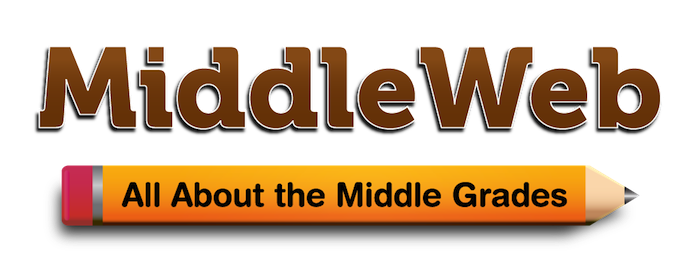
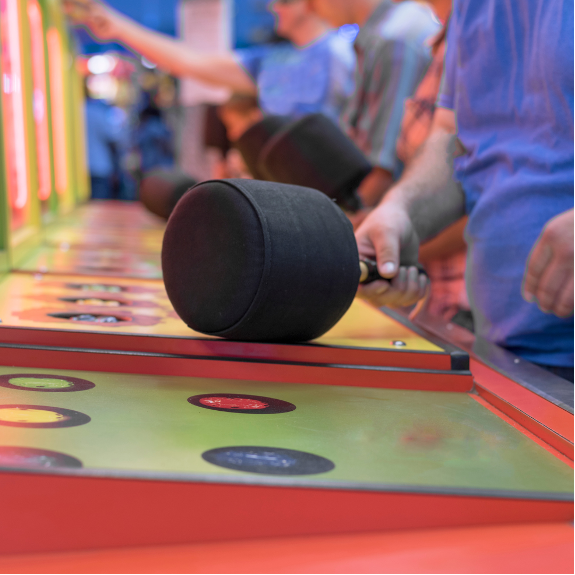

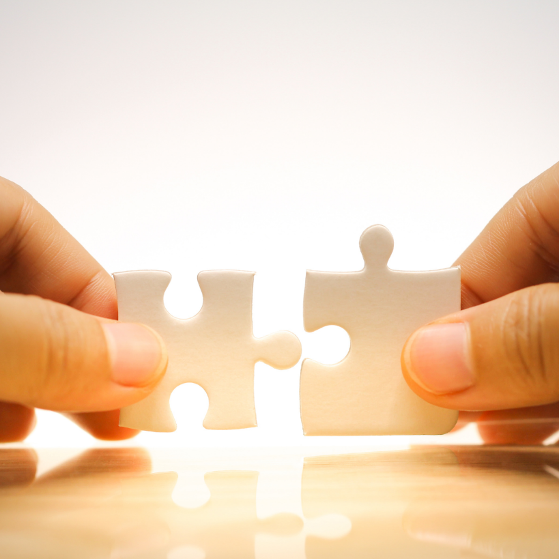













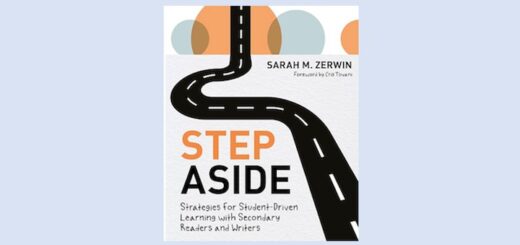
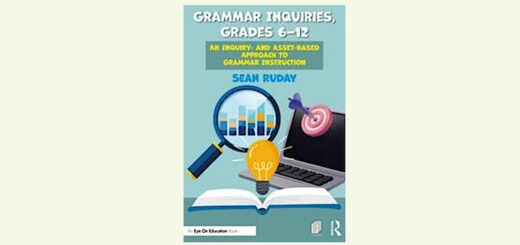
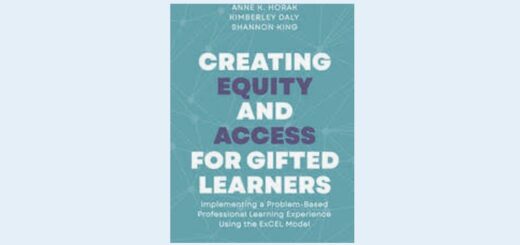
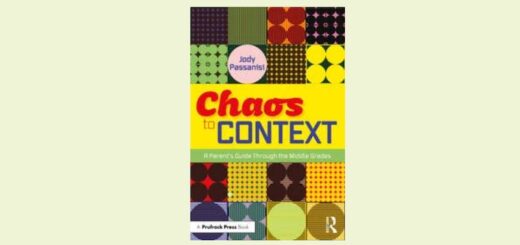

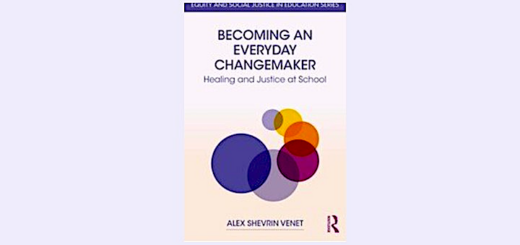
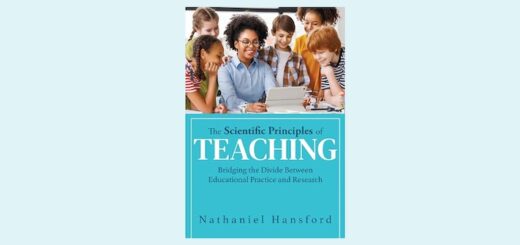
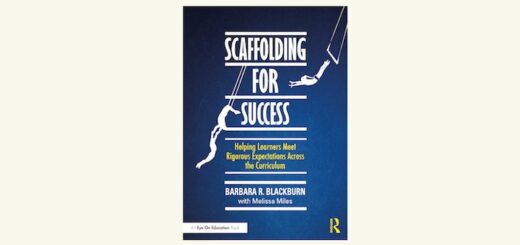
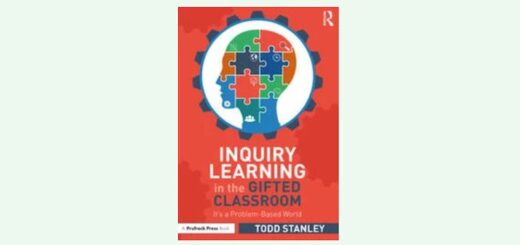
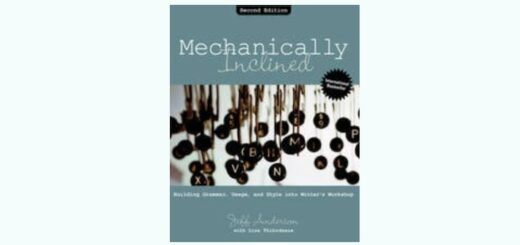
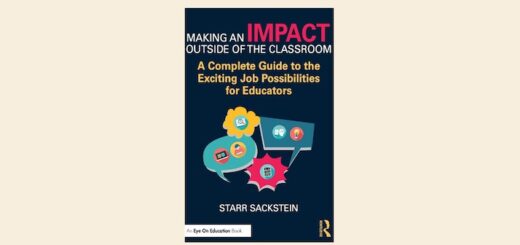
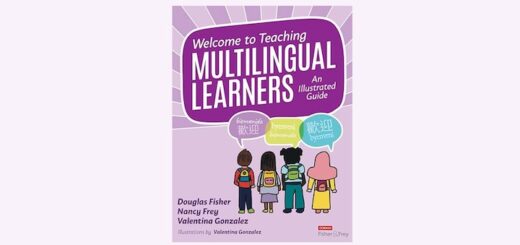
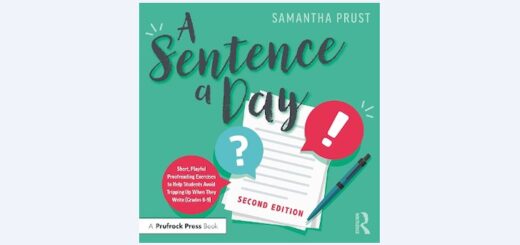
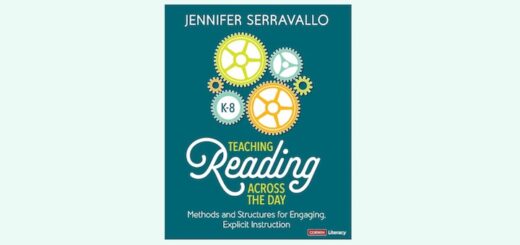
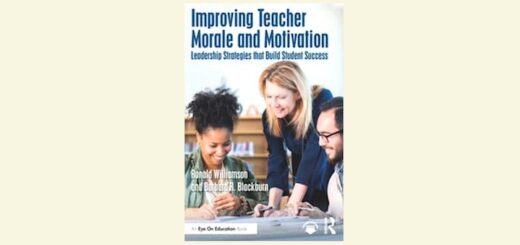

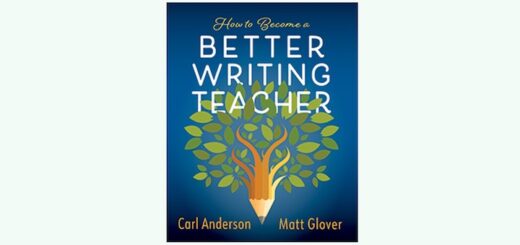
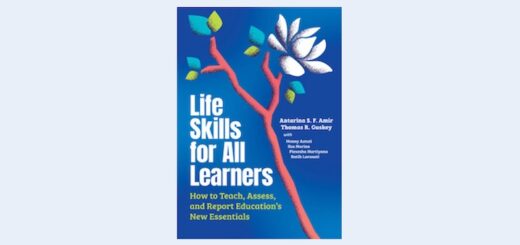
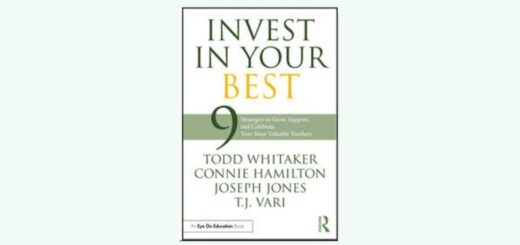
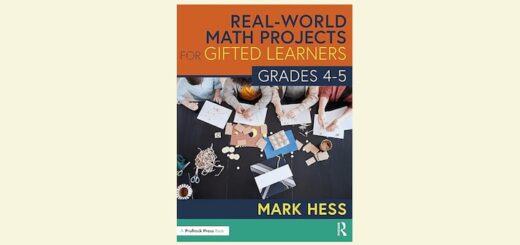
What a good article, Julie! One possible use – faculty meeting material!